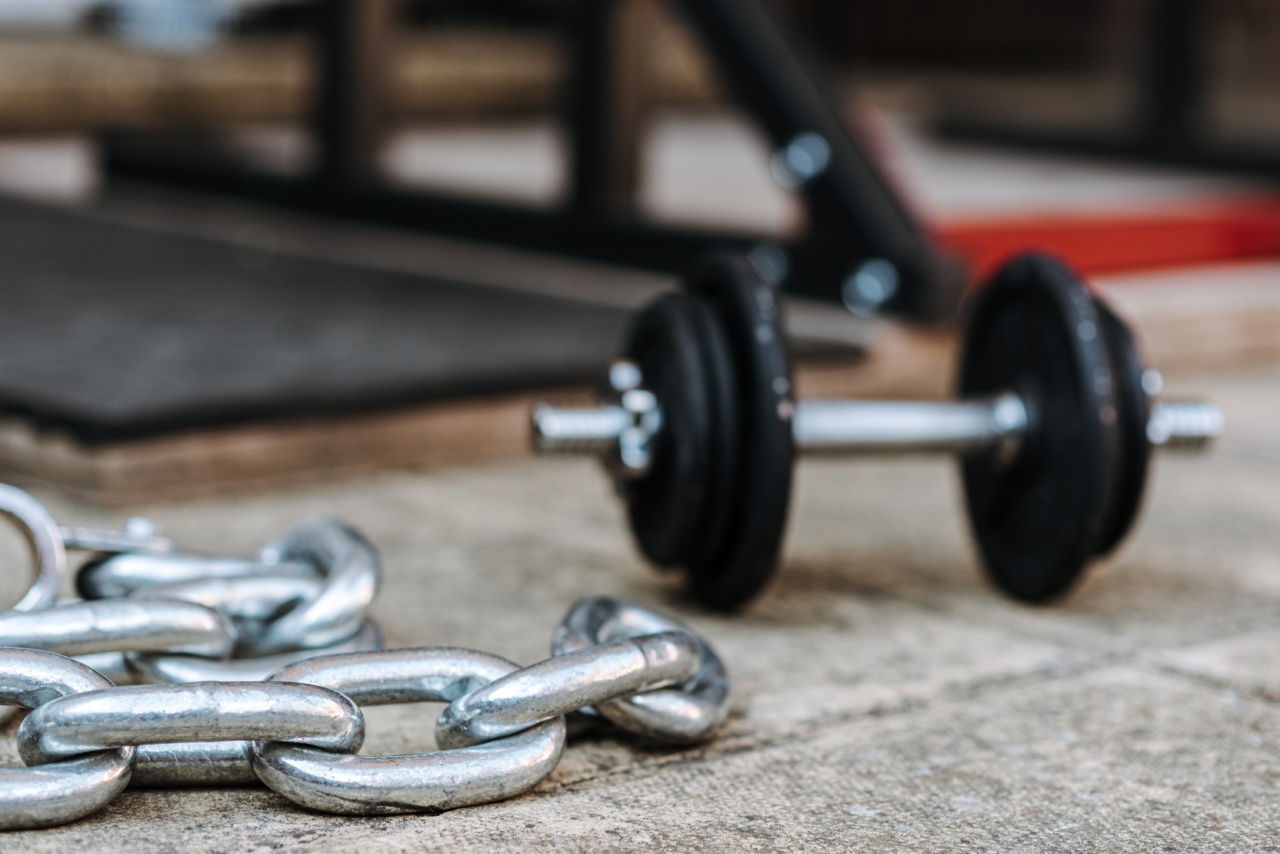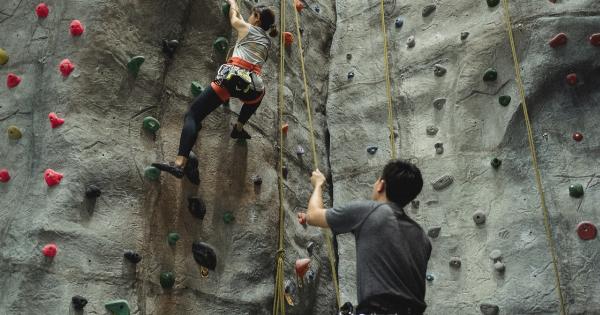Did you know that exercise can play a critical role in preventing sleep apnea? Sleep apnea is a sleep disorder that affects millions of people worldwide, and it occurs when your breathing is repeatedly interrupted during sleep.
This chronic condition can lead to a range of complications, including high blood pressure, heart disease, stroke, and obesity.
What is Sleep Apnea?
Sleep apnea is a condition that occurs when your breathing is interrupted during sleep. This disruption can last for a few seconds to minutes and can occur up to 30 times per hour.
It happens because the muscles in your throat relax excessively during sleep, causing the airway to narrow or even close completely.
As a result of this narrowing, your brain and body will wake you up to reopen your airway and resume breathing.
These brief awakenings can be so brief that you may not even remember them, but they can lead to fragmented and unrefreshing sleep, making you feel tired during the day.
The Link Between Exercise and Sleep Apnea Prevention
One way to mitigate the risk of sleep apnea is to start exercising regularly. Several pieces of research suggest that exercise can help prevent sleep apnea, improve sleep quality and reduce daytime sleepiness.
Firstly, exercise can help reduce weight. Excess weight is one of the significant risk factors for developing sleep apnea, and losing even a few pounds can help reduce the severity of this disorder.
When you exercise, you burn calories and reduce body fat, which can decrease the amount of tissue in the neck that can obstruct the airway.
Moreover, exercise can reduce inflammation in the body that can lead to obesity, one of the primary risk factors for sleep apnea.
What Types of Exercises are Best for Sleep Apnea Prevention?
Research suggests that both aerobic and resistance training can be effective in preventing sleep apnea. Aerobic exercise involves activities that increase breathing rate and raises the heart rate, such as running, cycling, swimming, or brisk walking.
On the other hand, resistance training involves lifting weights, doing pushups, or curling resistance bands. Combining these exercises will not only help reduce the risk of sleep apnea but also improve overall health and fitness.
For example, a study published in the Journal of Clinical Sleep Medicine found that overweight adults with sleep apnea who underwent a 12-week exercise program and reduced calorie diet had a significant reduction in the severity of the condition compared to those who only had a weight loss diet.
How Much Exercise Do You Need?
The American Heart Association recommends that adults aim to get at least 150 minutes of moderate-intensity aerobic exercise every week, along with at least two days of resistance training that targets all the major muscle groups.
While it may be daunting to start an exercise routine, remember that you can begin gradually and increase when you feel comfortable. You can start by taking a brisk walk or swim for 20-30 minutes a day.
Gradually, increase the duration and intensity of your exercise until you reach the recommended amount.
However, remember that those with sleep apnea may find it hard to work out strenuously or constantly that it may lead to chronic fatigue or other symptoms. Always consult with a healthcare provider before starting any new exercise program.
Conclusion
Exercise can be a powerful tool in preventing sleep apnea; it aids in reducing weight and improves overall health and fitness.
Several studies have shown that regular aerobic and resistance exercise helps decrease the risk of sleep apnea and reduce its severity.





























